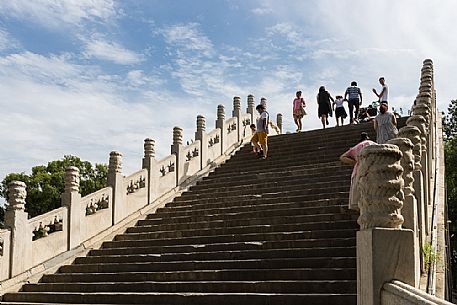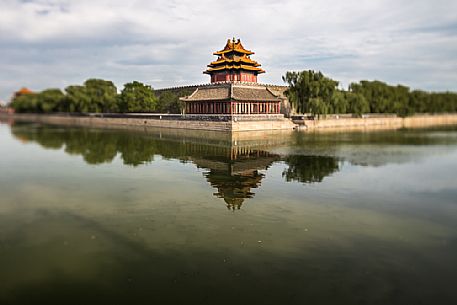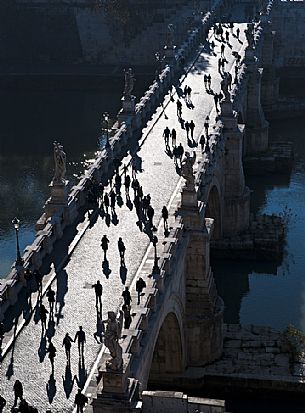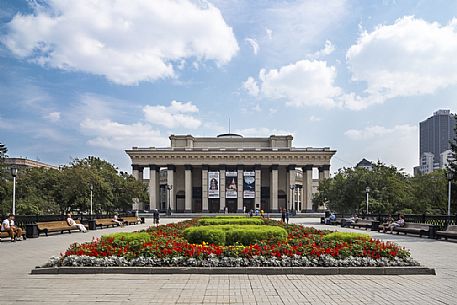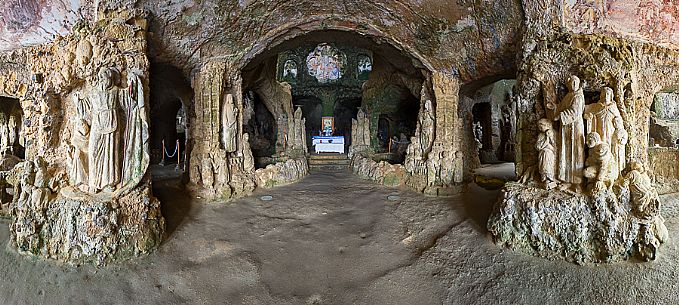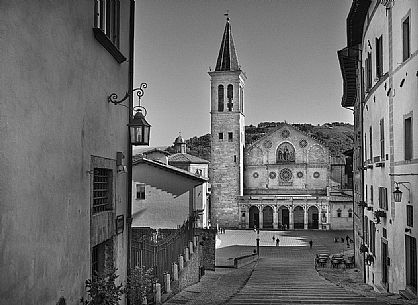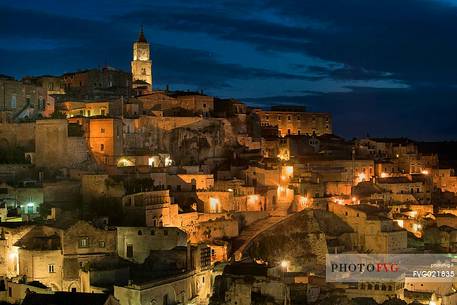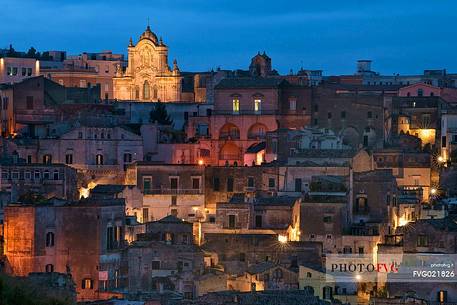Please Sign in or Register now to manage lightbox and cart
Lightboxes - How to use them
A Lightbox is a virtual table where you can collect and view images of interest.
Collect the files you like from any search results page or file close-up page by clicking the 'Add to your Lightbox' icon.
To open and view your selection, click the Lightbox link on the top navigation menu. You can have more than one lightbox if you're working on different projects.
You can email a Lightbox to friends and colleagues for review and discussion before purchase; they will receive an email with a link to the Lightbox that you created.
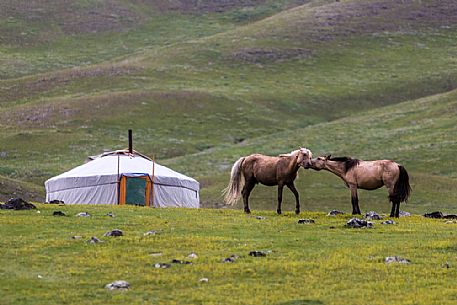
photographer: Martina Vanzo
Two horses in front of a traditional mongolian tent called a ger, Mongolia
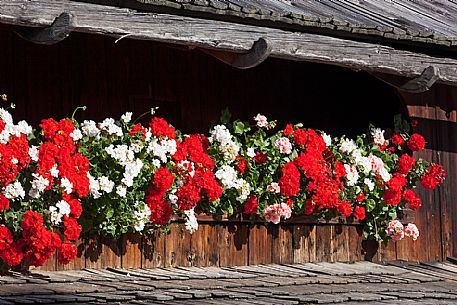
photographer: Luciano Gaudenzio
Typical house with flowers in Val Badia, South Tyrol, dolomites, Italy
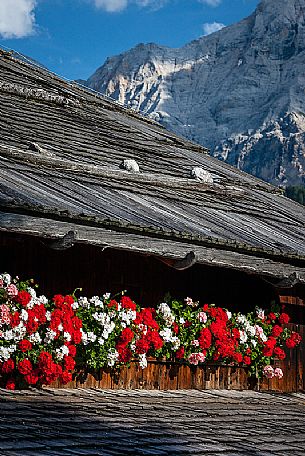
photographer: Luciano Gaudenzio
Typical house with flowers in Val Badia, South Tyrol, dolomites, Italy
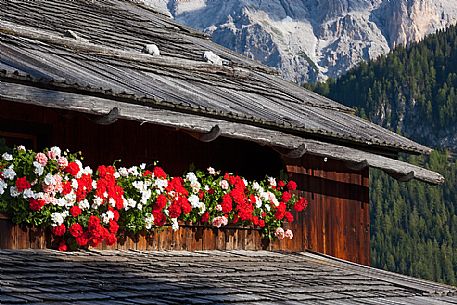
photographer: Luciano Gaudenzio
Typical house with flowers in Val Badia, South Tyrol, dolomites, Italy
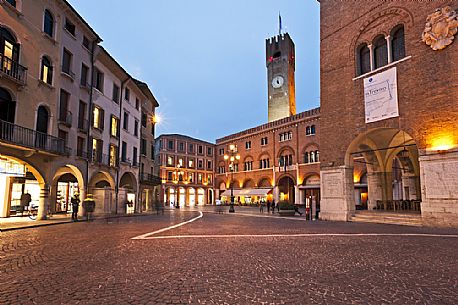
photographer: Diana Crestan
The Palazzo del Podesta and the Civic Tower in Piazza dei Signori, the main square of Treviso, Italy.
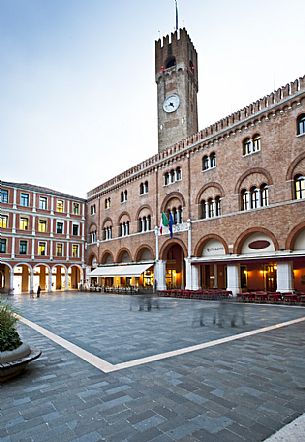
photographer: Diana Crestan
The Palazzo del Podesta and the Civic Tower in Piazza dei Signori, the main square of Treviso, Veneto, Italy, Europe
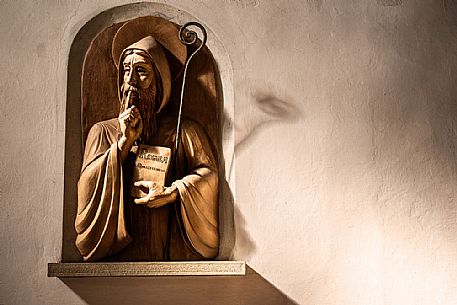
photographer: Stefano Coltelli
Statue in the San Martino church, Agliati, Tuscany, Italy
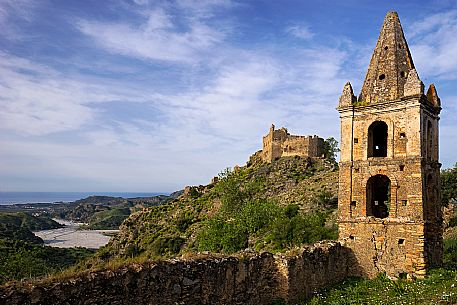
photographer: Alfonso Morabito
The Castel Ruffo castle of Amendolea, Aspromonte, Calabria, Italy
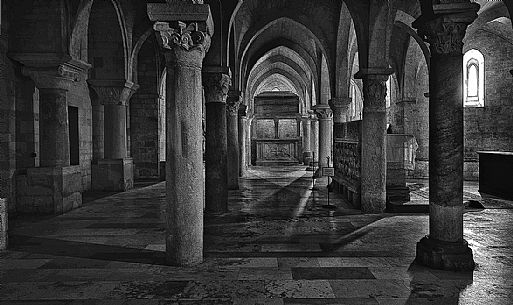
photographer: Mauro Maione
Crypt of Mastro Filippo in the church of San Leopardo, Osimo, Marche, Italy
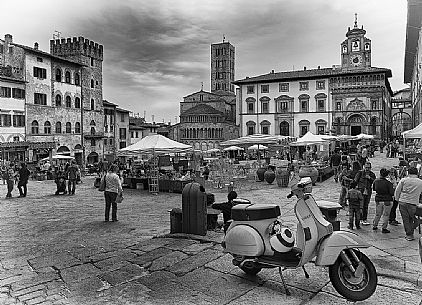
photographer: Mauro Maione
Piazza Grande square it's the oldest square of the city and it's one of the most beautiful ones in Italy, Arezzo, Tuscany
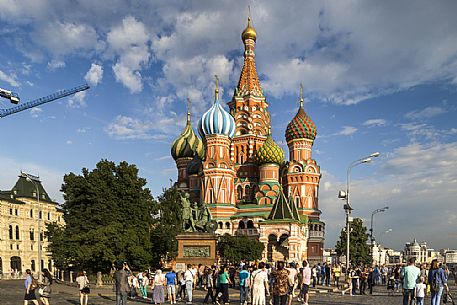
photographer: Martina Vanzo
Saint Basil's Cathedral in the Red Square in Moscow, Russia
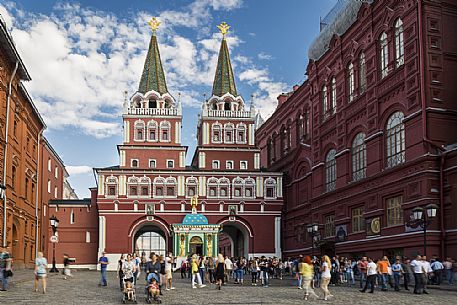
photographer: Martina Vanzo
The Resurrection Gate, one of the entrance at the Red Square, Moscow, Russia
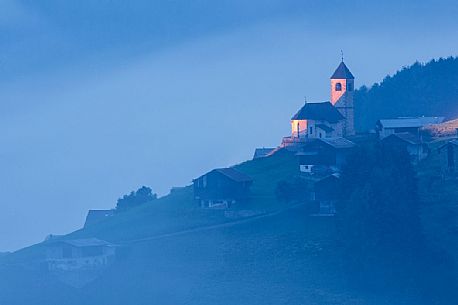
photographer: Luciano Gaudenzio
The old and little village of San Leonardo Vecchio in the evening, Comelico, dolomites, Italy
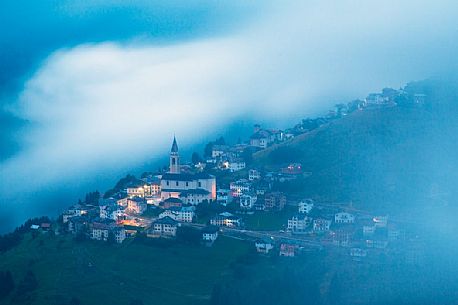
photographer: Luciano Gaudenzio
The alpine village of Casamazzagno in the evening, Comelico, dolomites, Italy
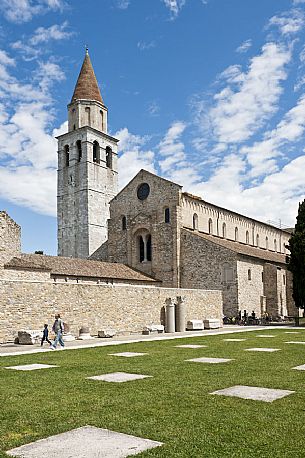
photographer: Diana Crestan
The Santa Maria Assunta Basilica, Patriarchal Basilica of Aquileia, symbol of the city and Unesco Heritage. Friuli Venezia Giulia, Italy, Europe
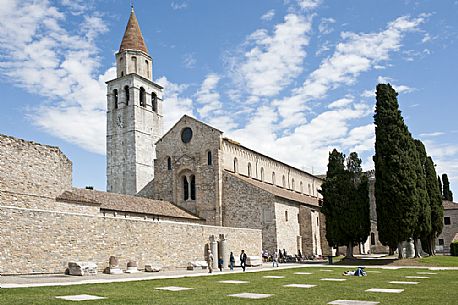
photographer: Diana Crestan
The Santa Maria Assunta Basilica, Patriarchal Basilica of Aquileia, symbol of the city and Unesco Heritage. Friuli Venezia Giulia, Italy, Europe

photographer: Diana Crestan
Inside room of the Savoy Residence for Hunting and Feasts of 1729. The Palazzina Hunting Residence is one of the most important monuments of Turin. It is unesco world heritage site. Palazzina di Stupinigi, Turin, Italy
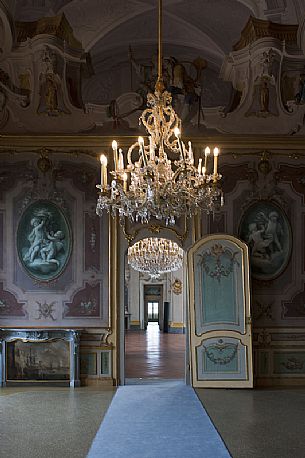
photographer: Diana Crestan
Inside room of the Savoy Residence for Hunting and Feasts of 1729. The Palazzina Hunting Residence is one of the most important monuments of Turin. It is unesco world heritage site. Palazzina di Stupinigi, Turin, Italy
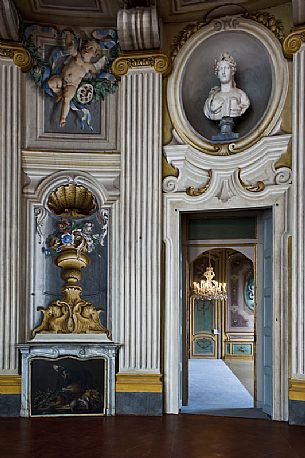
photographer: Diana Crestan
Inside room of the Savoy Residence for Hunting and Feasts of 1729. The Palazzina Hunting Residence is one of the most important monuments of Turin. It is unesco world heritage site. Palazzina di Stupinigi, Turin, Italy
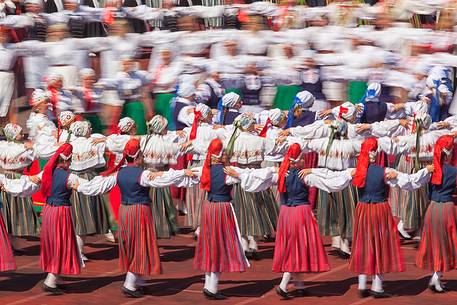
photographer: Anne Maenurm
This is the story of time manifesting itself in our ancestors’ heritage and us shaping our time through our own touches, contacts, caresses and impacts. Song and dance celebrations are an old and very important tradition for Estonia and Estonians (the first song celebration took place in 1869 and the first dance celebration in 1934) and these celebrations are nowadays held every five years. In 2003 our tradition of song and dance celebrations was entered to UNESCO’s List of Intangible Cultural Heritage.
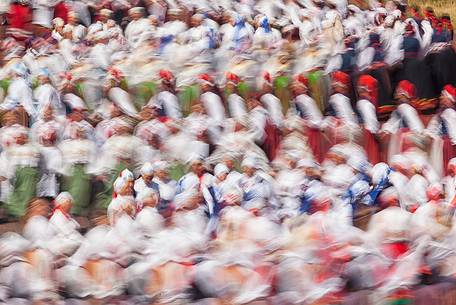
photographer: Anne Maenurm
This is the story of time manifesting itself in our ancestors’ heritage and us shaping our time through our own touches, contacts, caresses and impacts. Song and dance celebrations are an old and very important tradition for Estonia and Estonians (the first song celebration took place in 1869 and the first dance celebration in 1934) and these celebrations are nowadays held every five years. In 2003 our tradition of song and dance celebrations was entered to UNESCO’s List of Intangible Cultural Heritage.
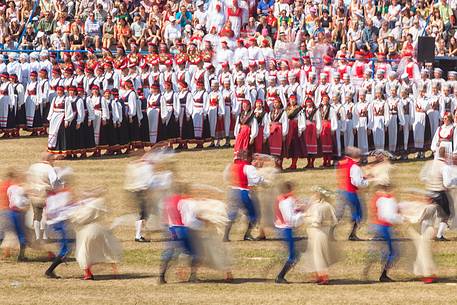
photographer: Anne Maenurm
This is the story of time manifesting itself in our ancestors’ heritage and us shaping our time through our own touches, contacts, caresses and impacts. Song and dance celebrations are an old and very important tradition for Estonia and Estonians (the first song celebration took place in 1869 and the first dance celebration in 1934) and these celebrations are nowadays held every five years. In 2003 our tradition of song and dance celebrations was entered to UNESCO’s List of Intangible Cultural Heritage.
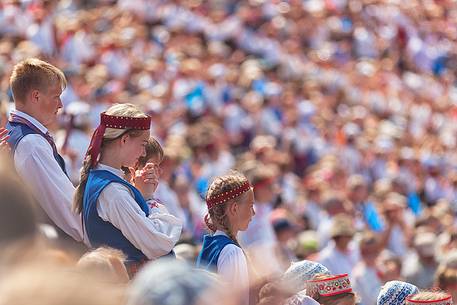
photographer: Anne Maenurm
This is the story of time manifesting itself in our ancestors’ heritage and us shaping our time through our own touches, contacts, caresses and impacts. Song and dance celebrations are an old and very important tradition for Estonia and Estonians (the first song celebration took place in 1869 and the first dance celebration in 1934) and these celebrations are nowadays held every five years. In 2003 our tradition of song and dance celebrations was entered to UNESCO’s List of Intangible Cultural Heritage.
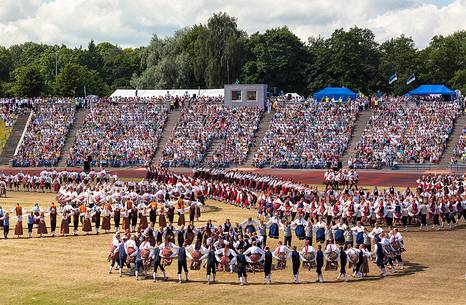
photographer: Anne Maenurm
This is the story of time manifesting itself in our ancestors’ heritage and us shaping our time through our own touches, contacts, caresses and impacts. Song and dance celebrations are an old and very important tradition for Estonia and Estonians (the first song celebration took place in 1869 and the first dance celebration in 1934) and these celebrations are nowadays held every five years. In 2003 our tradition of song and dance celebrations was entered to UNESCO’s List of Intangible Cultural Heritage.
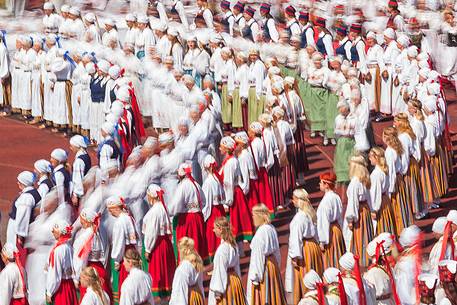
photographer: Anne Maenurm
This is the story of time manifesting itself in our ancestors’ heritage and us shaping our time through our own touches, contacts, caresses and impacts. Song and dance celebrations are an old and very important tradition for Estonia and Estonians (the first song celebration took place in 1869 and the first dance celebration in 1934) and these celebrations are nowadays held every five years. In 2003 our tradition of song and dance celebrations was entered to UNESCO’s List of Intangible Cultural Heritage.
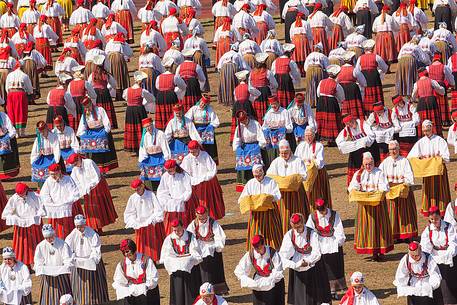
photographer: Anne Maenurm
This is the story of time manifesting itself in our ancestors’ heritage and us shaping our time through our own touches, contacts, caresses and impacts. Song and dance celebrations are an old and very important tradition for Estonia and Estonians (the first song celebration took place in 1869 and the first dance celebration in 1934) and these celebrations are nowadays held every five years. In 2003 our tradition of song and dance celebrations was entered to UNESCO’s List of Intangible Cultural Heritage.
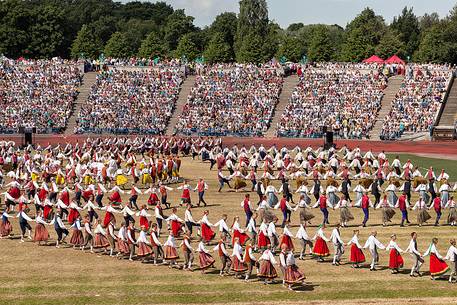
photographer: Anne Maenurm
This is the story of time manifesting itself in our ancestors’ heritage and us shaping our time through our own touches, contacts, caresses and impacts. Song and dance celebrations are an old and very important tradition for Estonia and Estonians (the first song celebration took place in 1869 and the first dance celebration in 1934) and these celebrations are nowadays held every five years. In 2003 our tradition of song and dance celebrations was entered to UNESCO’s List of Intangible Cultural Heritage.
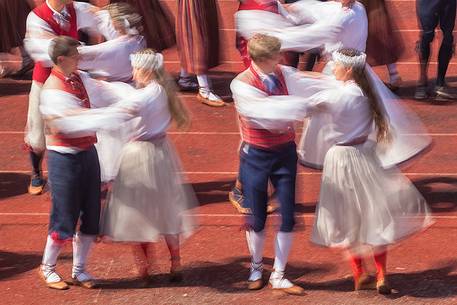
photographer: Anne Maenurm
This is the story of time manifesting itself in our ancestors’ heritage and us shaping our time through our own touches, contacts, caresses and impacts. Song and dance celebrations are an old and very important tradition for Estonia and Estonians (the first song celebration took place in 1869 and the first dance celebration in 1934) and these celebrations are nowadays held every five years. In 2003 our tradition of song and dance celebrations was entered to UNESCO’s List of Intangible Cultural Heritage.
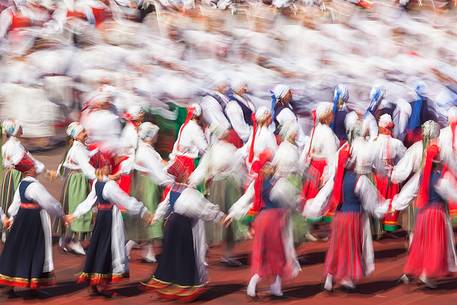
photographer: Anne Maenurm
This is the story of time manifesting itself in our ancestors’ heritage and us shaping our time through our own touches, contacts, caresses and impacts. Song and dance celebrations are an old and very important tradition for Estonia and Estonians (the first song celebration took place in 1869 and the first dance celebration in 1934) and these celebrations are nowadays held every five years. In 2003 our tradition of song and dance celebrations was entered to UNESCO’s List of Intangible Cultural Heritage.
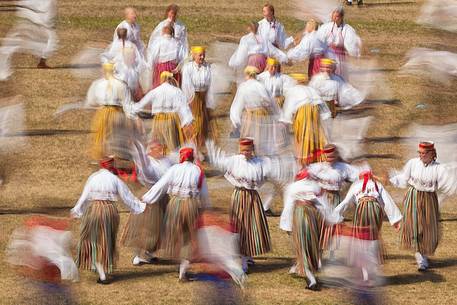
photographer: Anne Maenurm
This is the story of time manifesting itself in our ancestors’ heritage and us shaping our time through our own touches, contacts, caresses and impacts. Song and dance celebrations are an old and very important tradition for Estonia and Estonians (the first song celebration took place in 1869 and the first dance celebration in 1934) and these celebrations are nowadays held every five years. In 2003 our tradition of song and dance celebrations was entered to UNESCO’s List of Intangible Cultural Heritage.

